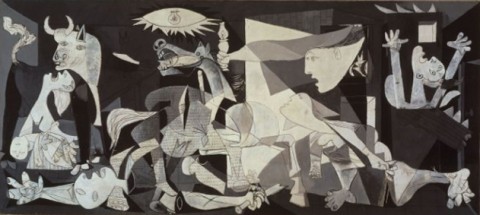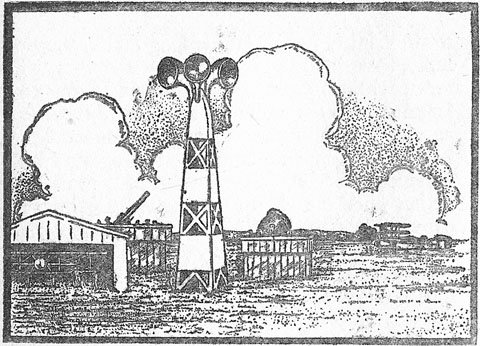Guernica, mon amour
[Cross-posted at Cliopatria.] A couple of years ago I outed myself as something of a philistine by admitting that I didn’t ‘get’ Guernica, and thought that direct representations — photographs — of the ruined city were more powerful, more affecting than Picasso’s masterpiece. My incomprehension generated a fair degree of discussion, which was useful, but […]



